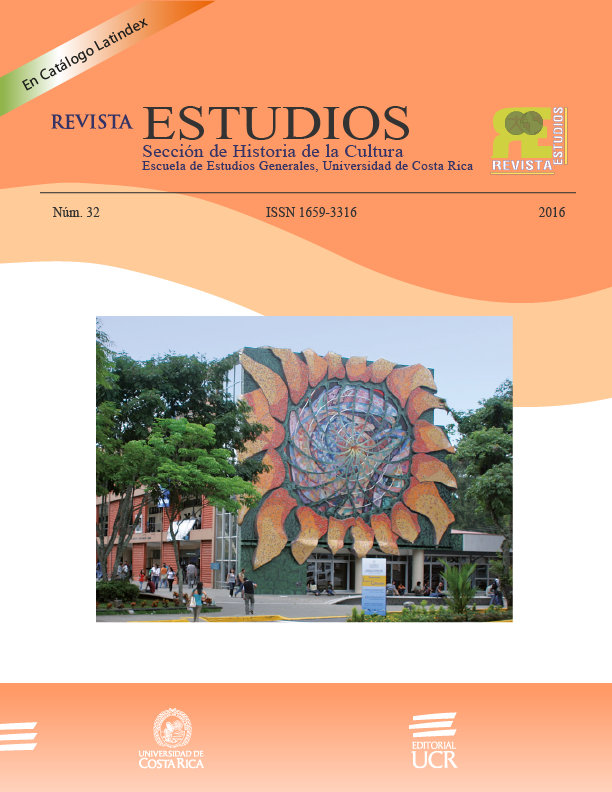Abstract
The research makes a didactic experience during Early-Childhood education where the students work around self and others identity trought the arts, specifically portraiture and self-portraiture. This genre permits to represent the human figure, its attributes, and the emotions or personal relationships that the students identify. The didactic experience was developed in five schools in Alicante province (Spain) in Early-childhood classrooms. The results shows the capacity of the students to recognize the parts of the body, to represent them on their own or on the others, and as well to show the emotions or personal relationship that are present in their lifes.References
Acaso, M., Fernández, M.I. y Ávila, N. (2002). La representación de lo bueno y lo malo en el dibujo infantil: un estudio iconográfico. Arte, individuo y sociedad, Anejo I, pp. 195-203
Bruner, J. (1991). La autobiografía del yo. Madrid: Alianza
Carrasquel, G. y Ugarte, S. (2012). Pequeñas (re)visiones: miradas, trazos y espejos. La plástica infantil como constructora de identidad. Revista Creatividad y Sociedad, 19. Pp. 1-29
Egan, K. (1994). Fantasía e imaginación: su poder en la enseñanza. Madrid: Morata
Eisner, E. (2002): Educar la visión artística. Barcelona: Paidós
García Villegas, M. N. y Miralles Martínez, P. (2009). El arte de Dalí. Proyecto de
Innovación en la etapa de Educación Infantil. En II Jornadas de los Máster en Investigación e Innovación en Educación Infantil y Educación Primaria. Murcia: Editum
Gardner, H. (1982). Arte, mente y cerebro. Una aproximación cognitiva a la creatividad. Barcelona: Paidós.
Gardner, H. (1994). Educación artística y desarrollo humano. Barcelona: Paidós
Gordon, W. J. J. (1961). Synectics: the development of creative capacity. Nueva York: Harper and Row
Joyce, B., Weil, M. y Calhoun, E. (2006). Modelos de enseñanza. Barcelona: Gedisa
Mockros, C. (1989). Aesthetic judgement: an empirical comparison of two stages developmental theories. Tesis de Máster. Medford (Massachusetts): University Eliot-Pearson, Child Study Center.
Orlich, D. C., Harder, R. J., Callahan, R. C. & Gibson, H. W. (1994). Técnicas de enseñanza. Modernización en el aprendizaje. México D.F.:.Limusa Wiley
Pérez Bermúdez Inglés, C., Rodríguez Guillén, L., Segurado Cortés, B. & Valero
Cuenca, A. (1997). El arte como argumento educativo. Revista electrónica interuniversitaria de formación del profesorado, nº 1, pp.18-21.
Pérez Egea, E., Baeza Verdú, M. C. y Miralles Martínez, P. (2009). El rincón de
los tiempos. Un palacio en el aula de Educación Infantil. Revista Iberoamericana de educación, 48.
Perkins, D. (1995). La escuela inteligente. Barcelona: Gedisa
Read, H. (1966). The redemption of the robot: my encounter with education through art. Nueva York: Trident Press

